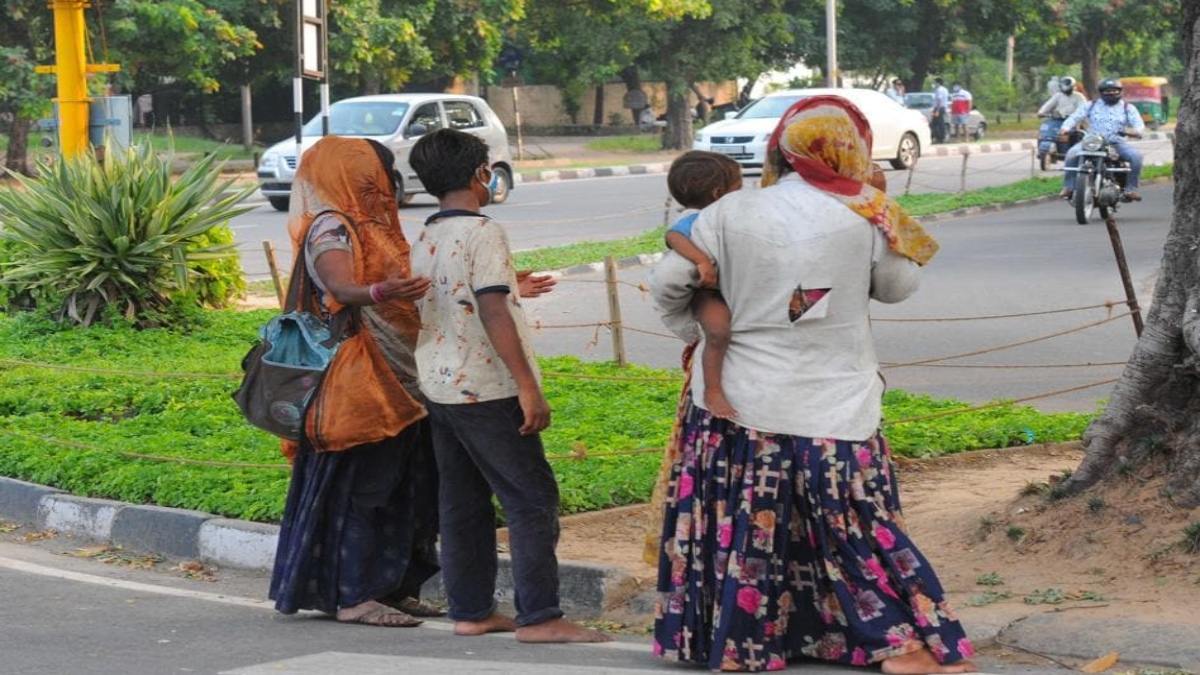
Rural India – home to 2/3rd of the country’s workforce, contributing about 46% to the Gross Domestic Product (GDP) is a key sector for the overall growth and inclusive development of the country. With the steady transition to urbanisation over the years, the share of rural population decreased from 87% in 2001 to 68% in 2011. Over 50% of the increase in urban population during this period is attributed to the rural-urban migration and re-classification of rural settlements into urban. However, the window for migration in urban areas for unskilled population is gradually closing resulting in the growing need for a strong rural economy capable of generating employment opportunities. The improvement in economic conditions of rural households is also essential for reducing the disparity in per capita rural and urban which has remained persistently high.
Rural areas are often characterised by governance gaps and informality. Traditionally, agriculture was the prime sector of rural economy and rural employment. Several researchers observed the transition in composition of output and occupation from agriculture to more productive nonfarm sectors. However, given the magnitude and scale of a vast and diversified rural economy, the pace of transition has been extremely slow. To remove the heterogeneity in Rural India, in 2018, the Government launched the “Transformation of Aspirational Districts Programme (ADP) -one of the largest experiments on outcome focussed governance. Initial evidence suggests that the ADP has contributed significantly to improving lives of Rural India. Therefore, it is critical to document and learn from ADP’s experience.
However, districts are also large entities and many districts in India are bigger than many countries. Identifying the right need in the right geography at the right time has always been a daunting task. Despite the resilience showed by the Rural Economy during the Covid-19 pandemic, there were several parts of rural India struggling to receive bare minimum needs. In other words, the pattern of rural growth is extremely skewed, and the dispersion of growth is multi – dimensional. For instance, active internet users in Rural India increased by 45% since 2019 as per Nielsen’s Bharat 2.0 study. However, 60% of India’s rural population are still not actively using internet services. Government led rural programs too are yet to reach the last mile. The Mission Antodaya Survey reveals that while road connectivity and housing construction achieved significant success, about 30% of villages still do not have all weather roads, with about 27% not being able to avail of any Pradhan Mantri Awaz Yojna benefits, and about 51% getting no more than 12 hours of electricity. Also, while deposit mobilisation in rural India has seen a significant increase through the Pradhan Mantri Jan Dhan Scheme, only 12% of the villages have banks and 22% have post offices. From an agri perspective, while India is the largest tractor market in the world, tractor penetration is still very low, including overall mechanisation of Indian farmlands, as compared to markets like the U.S. & Europe. Also, merely 4% of rural India have soil testing centres and 15% have fertilizer shops.
There have been several studies on specific vulnerabilities due to different forces in the rural areas and interventions has been made. However, whether it is the locational spread, or about inadequate implementation of government programs, or about leveraging business opportunity, the paucity of data resulted in gaps on ground. The two driving forces that can bridge the gap are:
The JAM (Jandhan, Adhar, Mobile) trinity has created a societal plumbing for last mile connectivity.
Technology (Big Data, Machine Learning / AI etc) has made huge leaps in the last few years addressing complex societal problems to come up with effective implementable solutions.
We have seen the increasing usage of data in the recent times be it in policy making or business decisions. The booming market of mobile phones and smart devices with the capability of digital communication has significantly raised the data usage and given rise to the need for powerful analytics tools to analyse the data in a meaningful way. The power of farming data in particular is extraordinary and can help the farmers take right decision at each stage of crop production. If someone knows the data of an operation, they also know when and where the crops are, how much yield, how much it costs, and the farm’s profits.
Big data for development is about turning imperfect, complex, often unstructured data into actionable information. This implies leveraging advanced computational tools to reveal trends and correlations within and across large datasets that would otherwise remain undiscovered. To truly stimulate better data, data collection and better analytical efforts, we need to set local priorities, seek improvements based on real performance and growth, and must recognise some very crucial factors around this. This requires new rules and governance, with the public and private sector, central and state governments and various ministers working with a greater degree of cooperation and transparency across the rural spectrum. An empowered Panchayat Raj system is the need to strengthen its central pool of qualitative and quantitative data collection.
The foundation stone has been laid with promising new opportunities for sustainable growth emerging from the rural frontier. However, to leverage the full potential of rural, deeper investments will be required for both data collection and creating tools for advanced analytics. Right usage of data can make the speed of transformation in rural far more predictable.
The author is an Economist in Mahindra & Mahindra. She is a research professional with more than 15 years of experience in Quantitative and Qualitative research.
Rural areas are often characterised by governance gaps and informality. Traditionally, agriculture was the prime sector of rural economy and rural employment. Several researchers observed the transition in composition of output and occupation from agriculture to more productive nonfarm sectors.